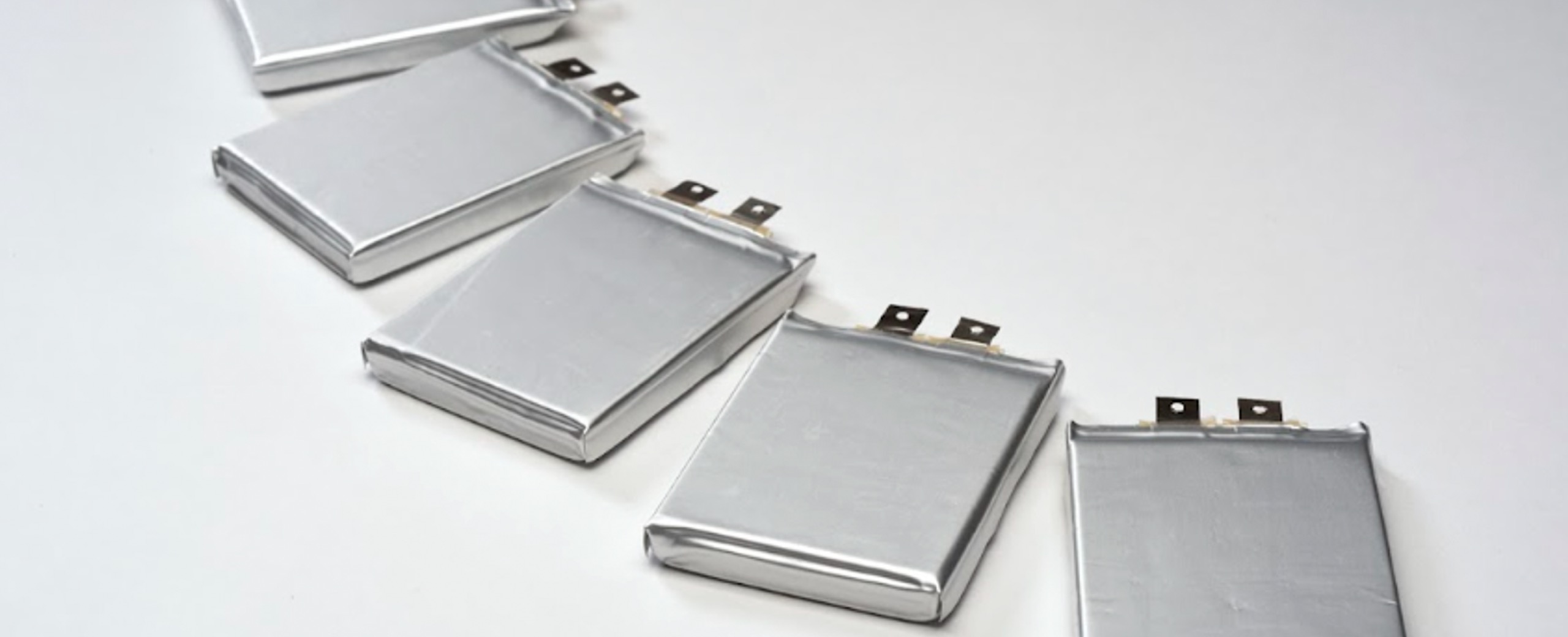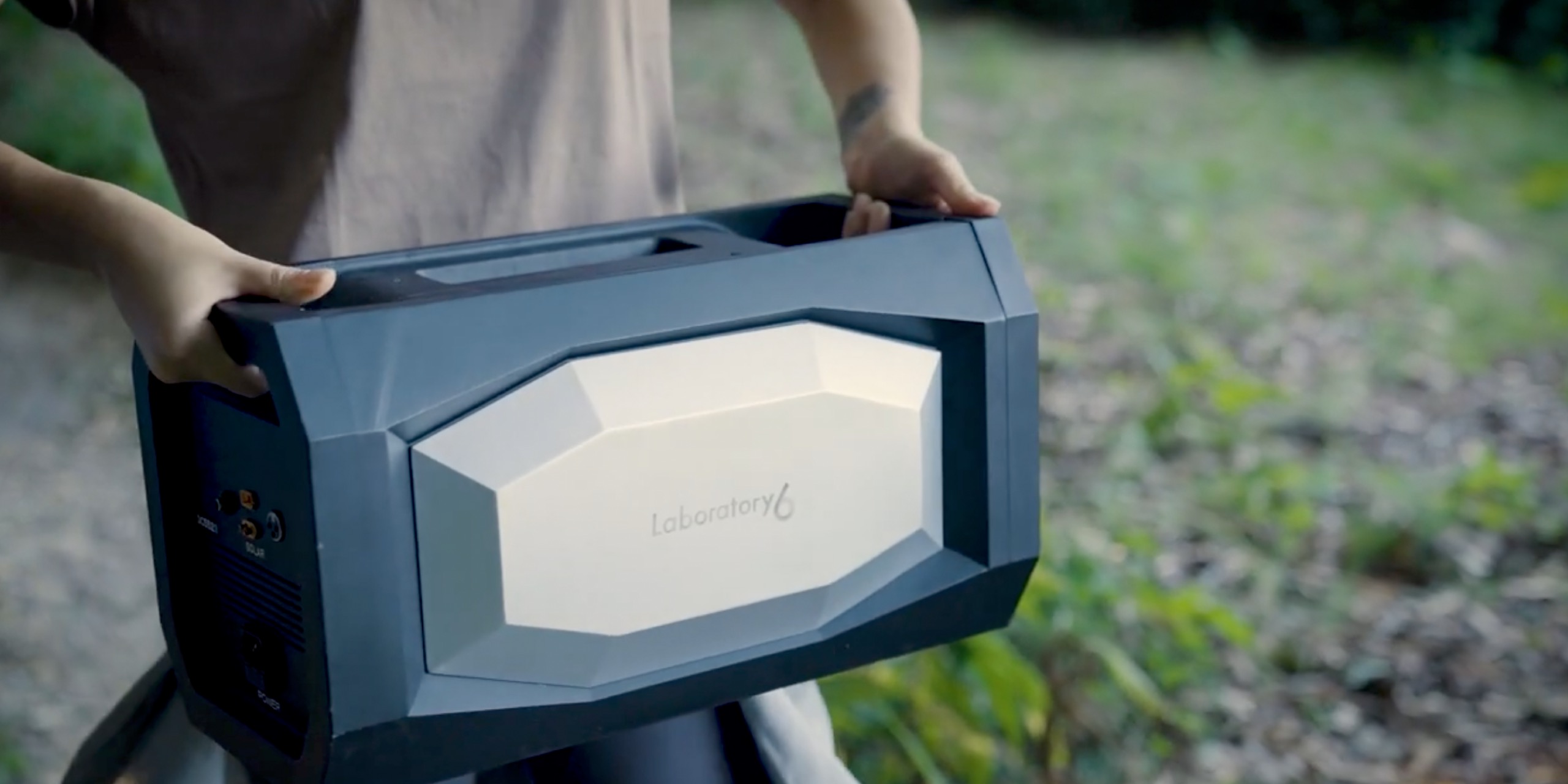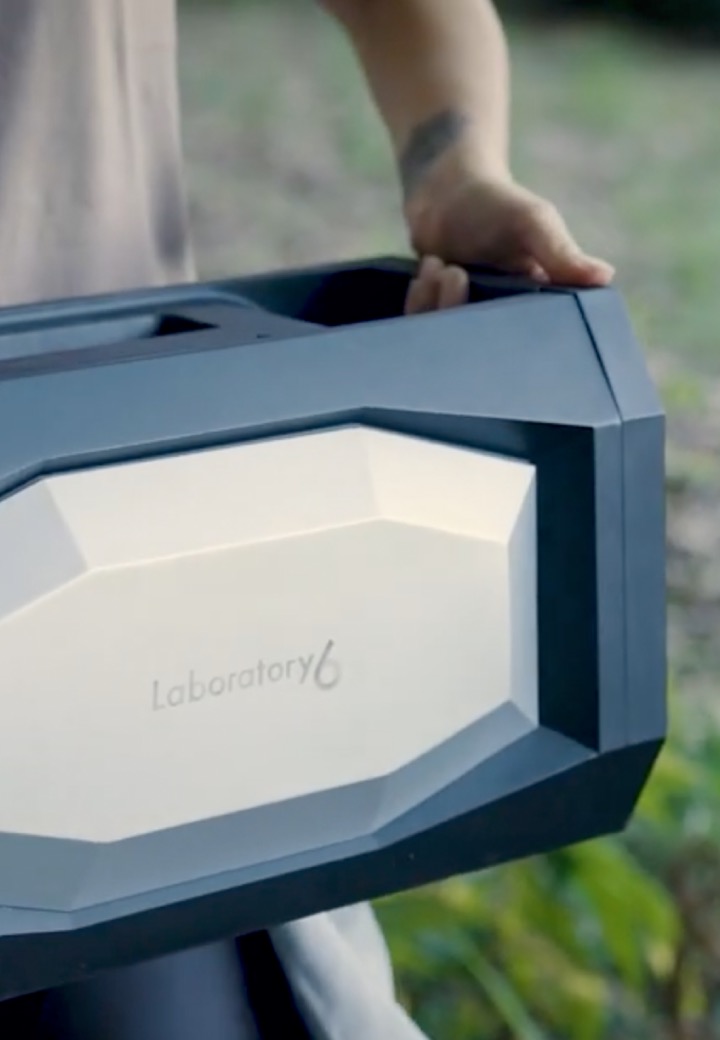Cambrian™ single carbon battery
The Cambrian™ single carbon battery uses metal oxide for the positive electrode and plant-based carbon for the negative electrode. Currently in mass production, we sell to some of the country’s biggest technology companies.
Cambrian™ dual carbon battery
The Cambrian™ dual carbon battery, the world’s first truly eco-friendly and sustainable battery, will be brought to market in 2025. Developed in collaboration with Kyushu University, both positive and negative electrodes will use plant-based carbon.
Applications
Current applications include personal mobility vehicles such as e-bikes, golf carts and mobility scooters to drones, robotics and data centres. Energy storage uses range from small power banks, power stations and HEMS (home energy management systems) to community grids and large ESS (energy storage systems).
Applications
Designed with a much higher voltage than the single carbon battery, it will have much wider application and limitless potential as a source of energy.
Initial potential applications will include electric vehicles, electric ships, electric airplanes, flying taxis.
Specifications
- Life cycle – expected battery life of more than 30 years: SoH 60% at 15000 times
- No risk of thermal runaway (overheating) leading to fire and explosion as can occur with Li-ion batteries
- Mass produced and commercially ready (standard cells: 3200 mAh)
- Rapid charging speed of around 10 times faster than conventional Li-Ion batteries: 20 minutes for an e-bike; 50 minutes for 1KW power storage
- Recycles organic agricultural waste such as cotton and bagasse
- Nickel, manganese and cobalt free
Specifications
- Recycles organic agricultural waste to create carbon
- Nickel, manganese and cobalt free
- Can be recycled for reuse at the end of its life
- Rapid charging up to 15C (3000 mAh standard cells)
- Targeted energy density:398 WH/KG
- Life cycle – expected battery life of more than 20 years: SoH 86% at 8000 times
- No risk of thermal runaway (overheating) leading to fire and explosion as is found with Lithium-ion batteries
- Targeting mass production by 2025
- Lithium free version available 2027





